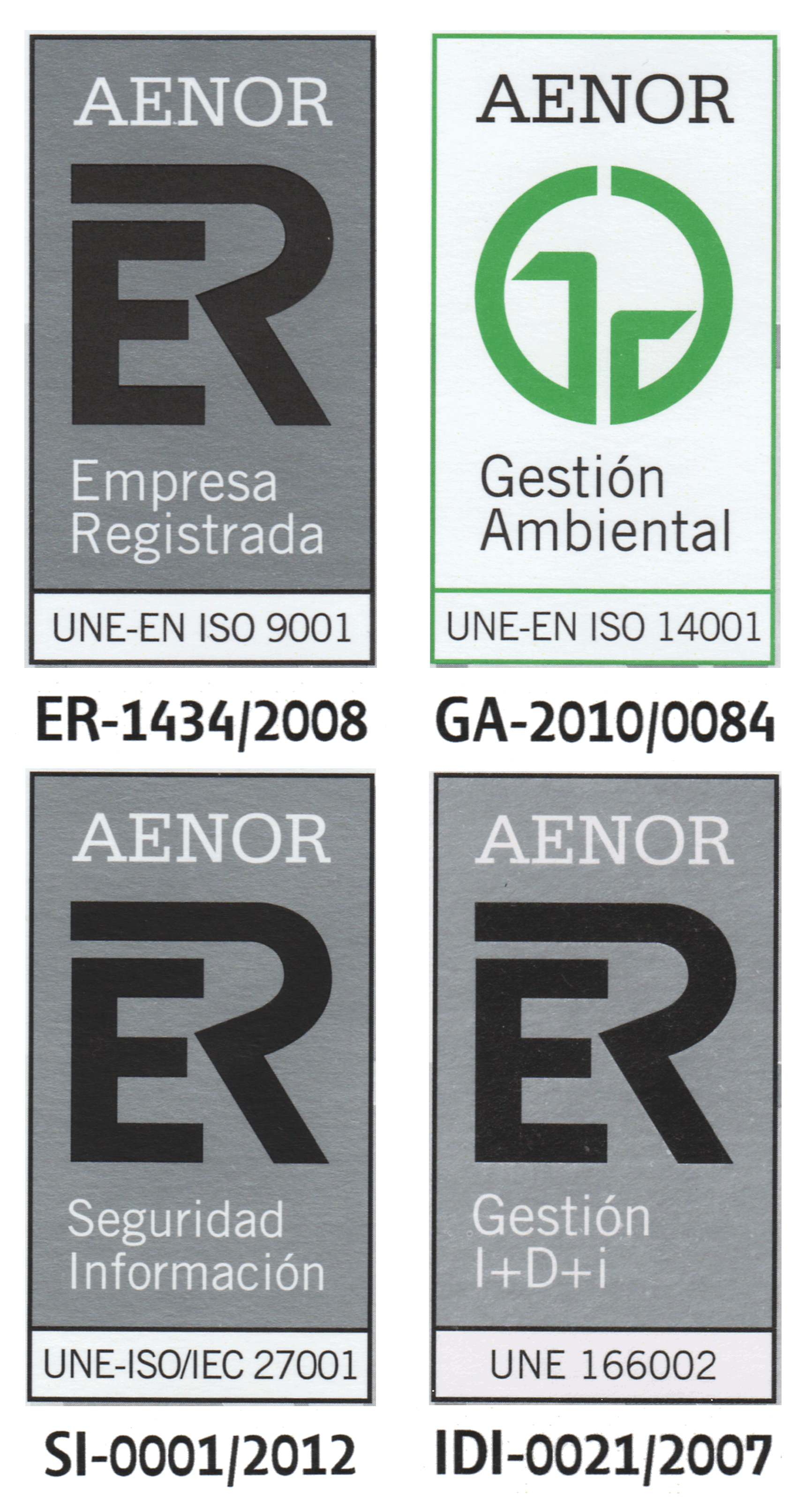The efficiency of tissue P systems with cell separation relies on the environment
| Title | The efficiency of tissue P systems with cell separation relies on the environment |
| Publication Type | Journal Papers |
| Year of Publication | 2013 |
| Authors | Macías-Ramos, L. F., Pérez-Jiménez M. J., Riscos-Núñez A., & Rius-Font M. |
| Editors | Csuhaj-Varjú, E., Gheorghe M., Rozenberg G., Salomaa A., & Vaszil G. |
| Journal Title | Lecture Notes in Computer Science |
| Publisher | Springer |
| Place Published | Amsterdam, The Netherlands |
| Pages | 7762 (2013), 257-276 |
| Abstract | The classical definition of tissue P systems includes a distinguished alphabet with the special assumption that its elements are available in an arbitrarily large amount of copies. These objects are shared in a distinguished place of the system, called the environment. This ability of having infinitely many copies of some objects has been widely exploited in the design of efficient solutions to computationally hard problems by means of tissue P systems. |
| URL | http://link.springer.com/chapter/10.1007/978-3-642-36751-9_17 |
| ISSN Number | 0302-9743 |



